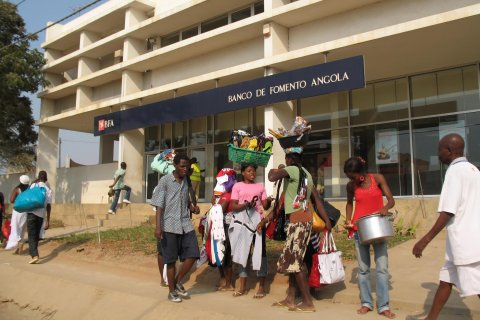"Angola is the country that contributes the most to the number of cases of tuberculosis in immigrants (109 cases in 2019 and 104 cases in 2018), followed by Guinea-Bissau (86 cases in 2019 and 59 cases in 2018) and Cape Verde (58 cases in 2019 and 40 cases in 2018)," the report can be read.
According to the document prepared from the action of the National Tuberculosis Program, which analyzed data for 2018 and 2019, immigrant communities had a notification rate of the disease in 2019 of 83.7 cases per 100,000 inhabitants, while the national average did not go beyond 18 cases per 100,000 inhabitants.
The high notification rate is also reflected in a gradual increase in the weight of these communities in the country's registered cases, by accounting for 24.6 percent of total cases in 2019 (21.3 percent in 2018).
The incidence of tuberculosis in immigrant communities is strongly centered in the district of Lisbon, which accounted for more than 50 percent of cases in the two years under review. Of the total of 454 cases in this community in 2019, 276 were reported in the Lisbon district, while 243 cases were reported in 2018, in a national aggregate of 402 cases.
In the stratification by social factors associated with the disease carried out by the report - which identifies alcohol or drug dependence, homelessness, community residence or immigrants as the five main determinants - immigrant communities clearly stand out in the Lisbon district, by accounting for at least 40 percent in 2018 and 2019.
Immigrants also record a median time between the onset of symptoms and the diagnosis of the disease slightly higher than the national average, a situation that has already persisted since 2017. In 2019, this indicator stood at 76 days in immigrant communities (74 for the rest of the population), while in 2018 it reached 86 days (78 for the rest of the population). In the district of Porto, the situation is different, with a higher weight of alcohol dependence.







